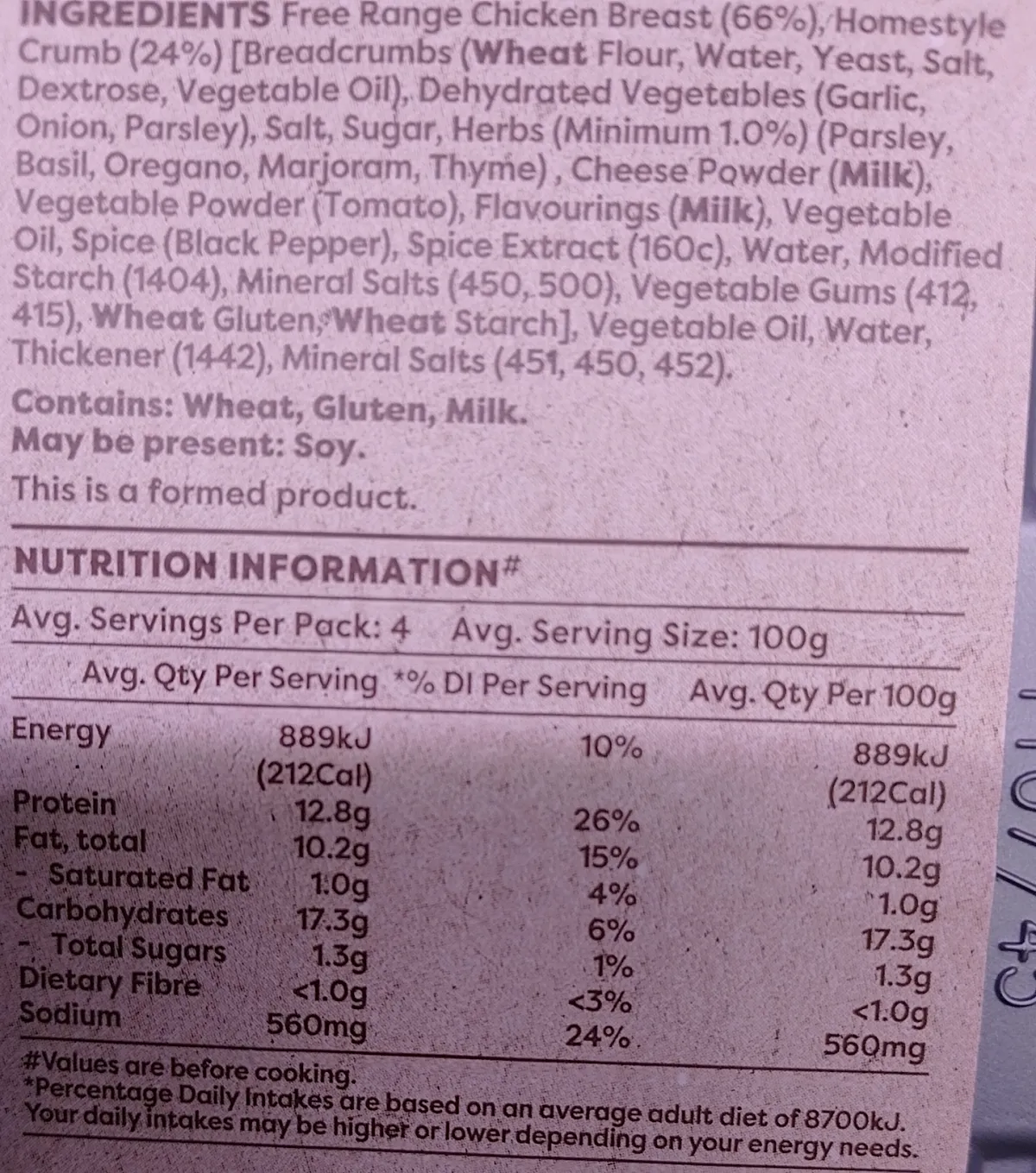Spotting Hidden Nightshades: Ingredient Labels
Just Read It? If Only It Were That Easy...
A quick glance at an ingredient label should be all that's needed to know whether a product is nightshade-free, right? Ah, if only!
Delve into the murky and confusing world of ingredient labels, and learn how you can empower yourself to make informed choices about the products you buy.

When managing a dietary restriction, particularly one as challenging as avoiding nightshades, reading food labels is a crucial habit. It might seem like a tedious task, but it’s essential for your health and safety.
Understanding food labels goes beyond simply reading the list of ingredients – it requires knowledge of how labelling works and attention to hidden ingredients. Here’s what you need to know.
Hidden Nightshades
One of the biggest challenges when reading ingredient labels is identifying hidden nightshades. Nightshade-based ingredients, including spices, tomato paste and food additives, are common – including in products where you wouldn’t expect them to be.
For example, jars of pesto (traditionally made with basil, pine nuts, parmesan cheese and olive oil) almost always contain nightshade-based potato starch. I don’t think you’d expect potato in your basil, but there it is, and unless you’re checking you are likely to be eating something you’re trying to avoid.
Not only that, but labels can be vague and confusing.
Labelling Laws Matter
Food labelling laws vary by region, and food labels are not necessarily required to provide complete ingredient transparency. Nightshade-based ingredients can be hidden under vague terms like "spices" or "starches", leaving you with no way to know what’s in the food and putting the onus on you to decide if it’s worth the risk.
Ingredient lists can sometimes require research to interpret, too. Some regions, like the European Union, use an E-number system to categorise food additives, which can be more specific. For example, MSG (Monosodium Glutamate) is labelled as ‘flavour enhancer (E621)’ on many labels. If you want to know what it is, you either need to know already or look it up.
In the United States, food labelling regulations allow manufacturers to use broad terms like "spices" or "natural flavours" without disclosing what specific spices or flavours are included. This lack of specificity can be frustrating for those with allergies or sensitivities to nightshades, as it’s often impossible to know exactly what’s in the product without contacting the manufacturer directly.
Similarly, in Australia generic terms like "spices" or "modified starch" can hide nightshade ingredients – or be perfectly safe! There’s no way to know!
Different countries also have varying methods of labelling food additives, which can make international travel and shopping more complicated. A product that appears safe in one country may contain ingredients banned or regulated in another, or may not be labelled in the same way. In the European Union, the E-number system for food additives offers a more uniform way to identify certain ingredients, but it still requires a detailed understanding of how additives are categorised.
So how can you make decisions and keep yourself safe from nightshade-related symptoms?
How to Spot Hidden Nightshades
The key to safely navigating ingredient labels is education. Simply reading the ingredients list isn’t enough; understanding the language and recognising the terms that could signal the presence of nightshades takes practice. It's not just about looking for "tomatoes" or "peppers" — it's about knowing which words and phrases are likely to indicate hidden nightshades, and which obscure ingredients you need to avoid.
It does take time, effort and research to know what to look for. It’s tedious, but consider it an investment in understanding what you need to know to keep yourself safe. Once you’re across the wording and format, you’ll be empowered to make informed choices, forever.
The Importance of Habits
The investment is worthwhile because, to avoid nightshades, you will need to use your label-reading skills very time you buy products. Just because an item seems unlikely to be nightshade-free doesn’t mean you can assume it is – you need to check to be sure.
What’s more, even ‘safe’ products are subject to change. Food manufacturers change their products often for various reasons, and are under no obligation to make it clear on the packaging that the change has been made. A former favourite can’t be assumed ‘safe’ as it may have changed without you knowing.
Also, there are regional differences between the same products. If you’re shopping away from home, your favourite product might not have the same list of ingredients. Double-checking every time means you can stay safe.
The good news is that you don’t have to do this alone.
Getting Help
Navigating food labels on your own can be challenging, especially when you're new to living with dietary restrictions or have specific
needs. While learning how to spot hidden nightshades is a critical skill, sometimes having extra guidance can provide peace of mind. If you’re feeling overwhelmed or need personalised advice, working with a community or coach can help.
The online nightshade-free community, including my Facebook page, can help you with advice, recommendations and support if you’re feeling overwhelmed. What’s more, food restrictions can feel very lonely to live with; having a community online that understands can be really helpful.
If you feel like you need extra support, feel free to get in touch. I offer tailored coaching packages to help navigate life without
nightshades. Whether you need help to understand which foods are nightshade-based and how to spot them, working out how and what to cook for yourself and your household, or are struggling to work out how to manage a demanding lifestyle while avoiding nightshades, I am here for you!
For now, take the time to educate yourself and pay careful attention to ingredient labels. It’s an important skill that will help you stay
safe, feel confident in your food choices, and enjoy your meals without worry.
© Nightshade Free Life
